Articles by Michael Masin
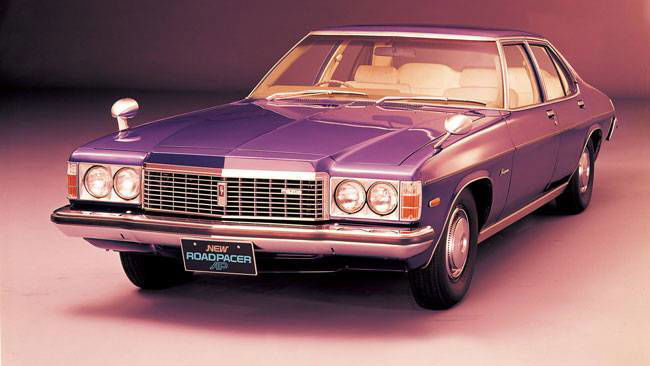
Too Big in Japan - 1975 Mazda Roadpacer AP #Blogpost
You’re not imagining things, the car in the photo above is an HJ Holden Premier with a Mazda badge and Japanese fender-mounted wing mirrors. But what was a big Holden doing in small car-friendly and import-hostile Japan?
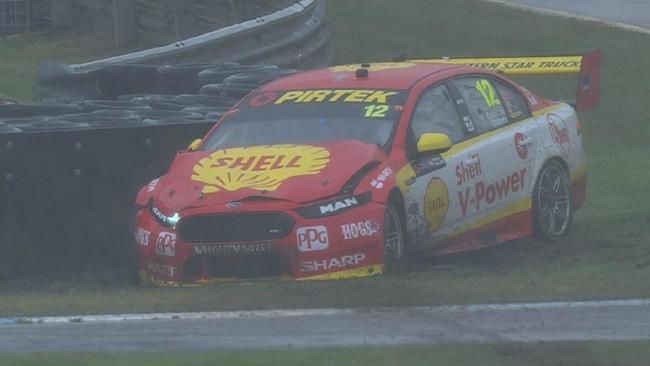
Fabian Coulthard Will Never Win a Championship #Blogpost
Valtteri Bottas is a placeholder driver. Anyone can see that. His performance is nowhere near that of Lewis Hamilton in the same car. He’s only there because Esteban Ocon wasn’t ready and there was no one else available. Barring a complete turnaround in Renault engine performance, Daniel Ricciardo will be announced as his replacement in 2019.
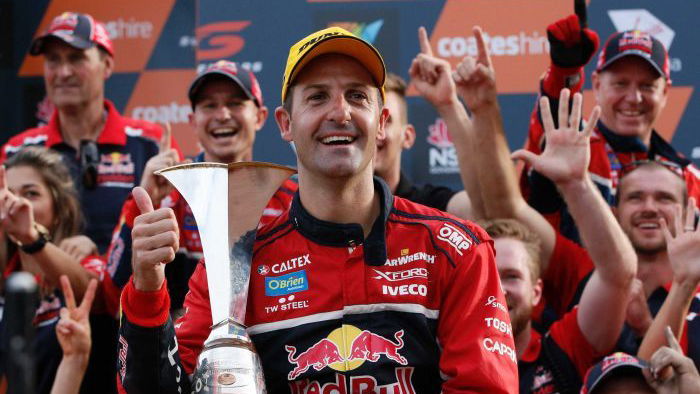
There Was No Cheating or Corruption, the Best Driver Won the Supercars Championship #Blogpost
Last Sunday, Jamie Whincup won his seventh Supercars championship in a dramatic final race. It was a divisive result. Many people believe that Scott McLaughlin should have won the championship, blaming poor decisions by race control, corruption and the points system.
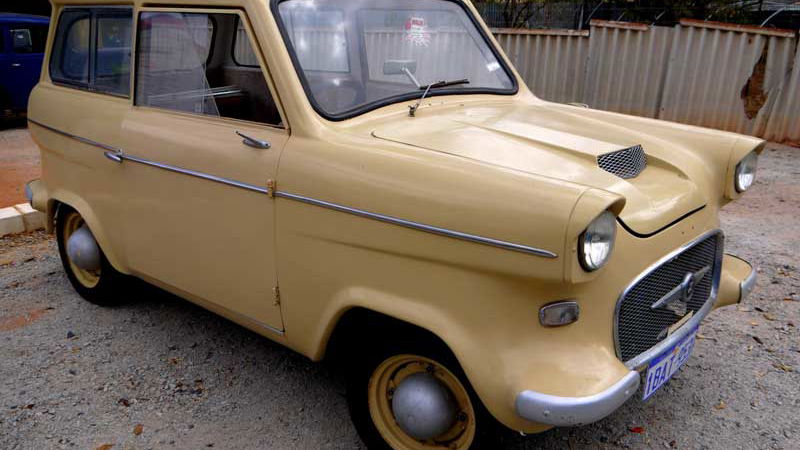
Literally Whitegoods on Wheels - 1963-65 Lightburn Zeta #Blogpost
The arrival of the Mini in 1959 decimated Australia’s microcar industry. For AU£725 you could now get a proper car with a steel body and an 850cc four-cylinder engine. To put that into perspective, a fibreglass, doorless, Goggomobil Dart cost £685.
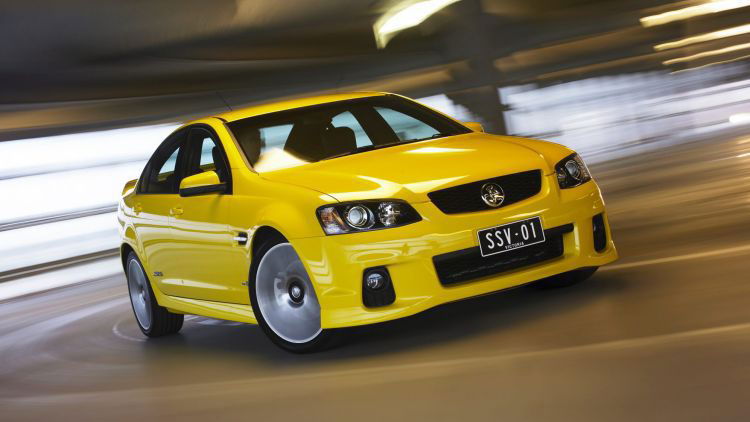
39 Years of Holden Commodores
Today the last Australian Holden Commodore, the last Australian car, was built. The Commodore started out as an Australianised Opel Rekord and from next year will be an imported and rebadged Opel Insignia. The Commodore has gone full circle.
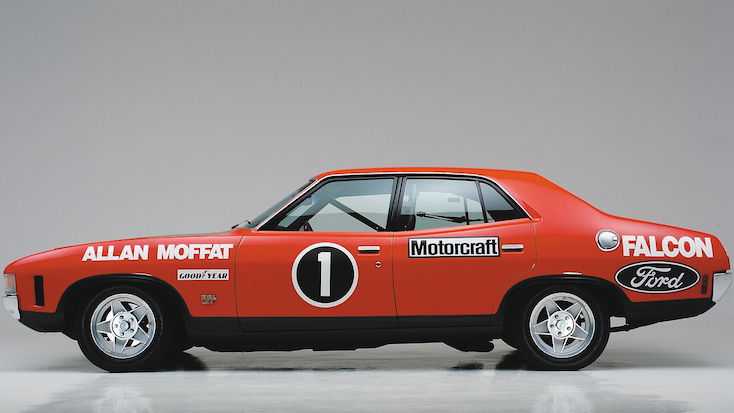
The 1972 Supercar Scare
Up until 1971, the Bathurst 500 (mile) was contested by Group E series production cars. These were cars virtually identical to the cars on the showroom floor, distinct from the heavily modified cars contesting the Australian Touring Car Championship.
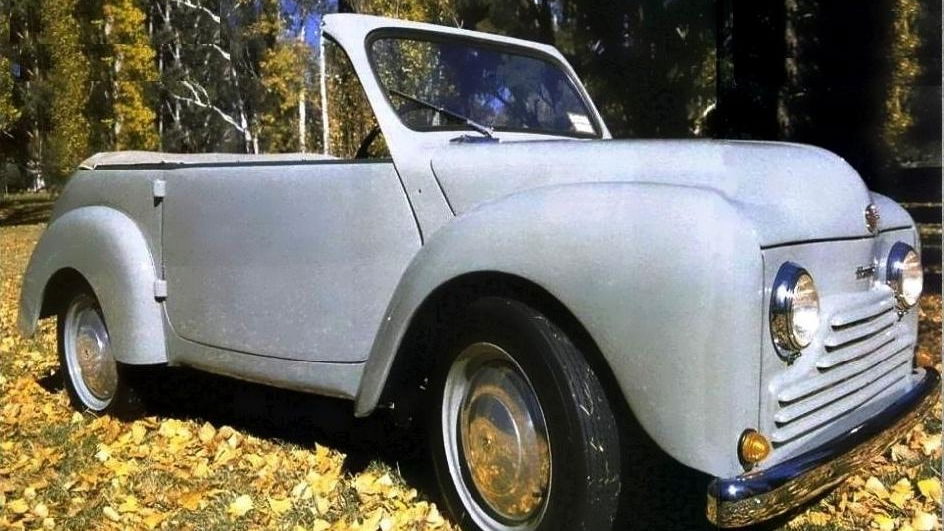
Aussie Escargot - 1951-55 Hartnett #Blogpost
Prior to the second world war, GM Holden sold GM cars, mostly Chevrolets and Vauxhalls, with Australian-made bodies and imported chassis. With monocoque cars set to become commonplace, it was a practice that could continue forever. Lawrence Hartnett was the man who convinced GM to enter into full manufacturing in Australia.
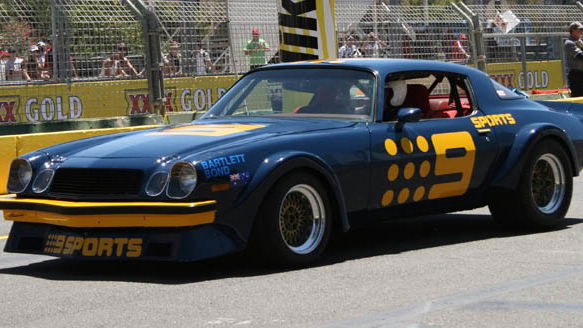
Beating the Drums - 1978 Chevrolet Camaro Z/28 Group C #Blogpost
Kevin Bartlett’s 1978 Chevrolet Camaro Z/28 is one of the most memorable Australian touring cars to never win a championship or Bathurst. Bartlett had spent most of the 1970s competing in open wheel racing, but with the decline of Formula 5000, he returned the Australian Touring Car Championship in 1980.
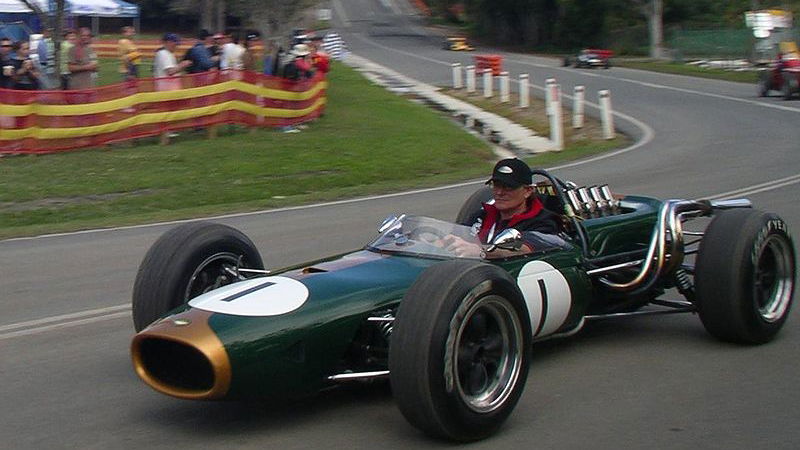
Of His Own Construction - 1966 Repco Brabham BT19 #Blogpost
In 1966, Jack Brabham won his third Formula One world championship. This was a remarkable achievement because it made him thr first and only driver to win a championship in a car of his own construction. The car in question was the Brabham BT19.